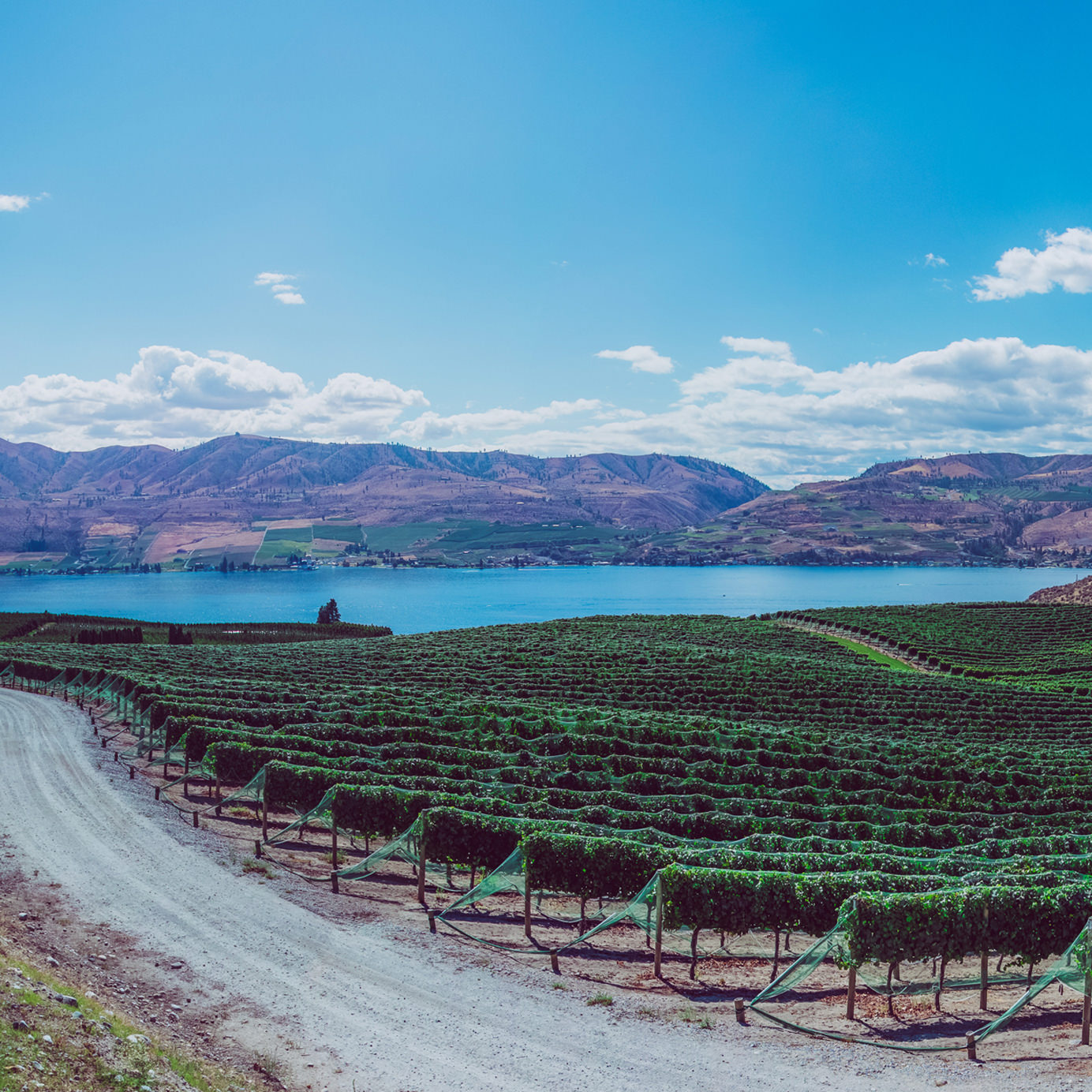
With wine tourism on the rise worldwide, there are more opportunities than ever to sip and swirl your vacation days away. A well-planned wine adventure can make you feel like an in-the-know VIP, tasting one-of-a-kind local wines at the best local spots. But in regions like Napa or Burgundy, $100 tasting fees and expensive souvenir bottles add up fast.
The good news? You can get all the vinous goodness for far less if you’re savvy. Read on for the easiest ways to save some green while you’re tasting reds and whites!
Choose Your Region Wisely
Less-traveled wine regions are affordable treasure troves, offering opportunities to taste more wines at lower prices and without the traffic, expensive hotels, and crowds that dominate areas like Napa or Champagne. They don’t all pour low-quality juice, either.
Savings come in large part because these under-the-radar regions generally aren’t faced with the sky-high rents and operating costs that plague areas where farmland and tasting rooms are in high demand.
Central Coast, California
This huge region stretches from south of San Francisco to Santa Barbara, and is famous for its wide range of soil types and diverse wines. Take a four-day trip to cruise up the Pacific Coast Highway for the legendary views of the Pacific and vineyards. Check out Turley Wine Cellars for the best Zinfandel ($10, fee waived with purchase), Edna Valley Vineyard ($20, fee waived with purchase or club sign up) for spectacular views, and Pali Wine Co. ($12 per flight) for wine on tap in an urban setting.
Mendocino, California
Riesling lovers and tree huggers convene in Mendocino, home to the giant Sequoia forests and rolling vineyards. New England-style architecture hugs the coastline of this region known for aromatic Rieslings and Pinot Noirs that rival Burgundy and Sonoma (but at a third of the price). Balo Vineyards, Handley Cellars, and Navarro Vineyards are must-visit spots with complimentary tastings.
Finger Lakes, New York
Nearly 300 miles from New York City, this East Coast region is best known for Riesling but also produces excellent Pinot Noir and Cabernet Franc. Tasting rooms like Ravines, Red Newt, and Dr. Konstantin Frank are regional icons that offer tasting experiences that far exceed their prices (all under $10 per flight!). The proximity to hiking among the waterfalls at nearby Watkins Glen means you can drink your wine and get fit, too!
Avoid the Weekend at All Costs
If you’re looking to learn a thing or two at your tasting, there’s no better time to visit a winery than midweek. During these less-trafficked periods, tasting room attendants have more time to focus on you and your party, telling you the stories behind the wines instead of just dropping a splash in your glass and running off to attend to other guests. You’ll also miss the traffic and unfortunate (but very real) threat of drunk drivers dominating roadways.
Likewise, avoid “passport” tasting events and anything else like them, such as county fairs, music festivals, etc. These occasions can overwhelm small regions and don’t provide much profit to wineries, which often means they pour just one wine and don’t have time to engage with tasters.
Share and Share Alike
It may feel weird to request one glass for you and a friend, but it’s actually completely appropriate (and a best practice) to share tastings. Depending on the winery, sharing can save anywhere from $10 to $45 per tasting.
A general rule of thumb is one tasting for two people — more won’t leave enough wine for everyone to sip, but less can make visiting more than two or three wineries exhausting and dangerous. A standard tasting room pour is 1 ounce, and the average tasting is five to six wines or roughly one glass of wine per visit. If you share, that means even the driver can imbibe safely.
Make the Most of Each Appointment
Planning ahead is crucial when it comes to maximizing a tasting room visit. Do a quick Google search and call ahead to wineries that interest you. Many are appointment only, and those that aren’t still appreciate reservations and may be able to customize your tasting with as a little as 24 hours notice.
Secondly, engage with your tasting attendant. For travelers, winery employees can be priceless resources for local intel (think post-tasting burritos, beers, or other fun, non-touristy activities). They also often have access to wines that aren’t on tasting menus, and might be willing or able to open special wines for interested parties.
Embrace the Picnic
Most wine regions have a fantastic appreciation for food — wine and food go hand-in-hand, after all — but wine country restaurants can be pricey (hello, French Laundry!). Establishments like La Toque in Napa, or Long Island’s North Fork Table and Inn take full advantage of tourism, charging hefty prices and sky-high corkage fees.
Instead of opting for white tablecloth service, go gingham and picnic instead! Most tasting rooms love having guests spend time with their wines and are happy to let you hang out among the vines. Call ahead and ask if it’s permissible to bring your own food. Simply purchase a bottle after your tasting, and you’ll get the benefit of winery pricing and a leisurely meal surrounded by vines. While you likely won’t want a picnic for every meal during your journey, one picnic can easily save $80 to $100 a day. That’s worth a toast on its own.
